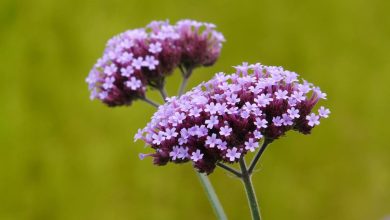Hostas: [Care, Planting, Irrigation, Substrate and Possible Problems]
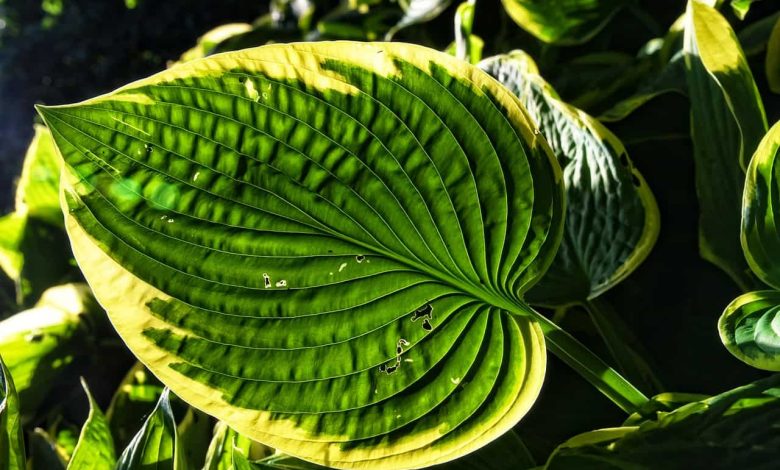
Hosts are prized primarily for their foliage but also bear attractive, often scented flowers in July or August.
These hardy, clump-forming perennials are popular and are unbeatable for low-growing foliage interest in spring and summer.
They thrive in semi-shade and are also used as ornamental plants.
Important points when planting Hostas
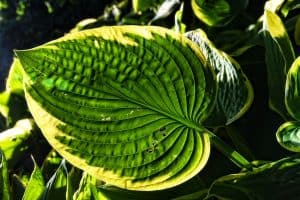 Botanical name: Hosta spp..
Botanical name: Hosta spp..- Common name: Hosta, plantain lily.
- Type of plant: Herbaceous perennial.
- Size at maturity 15 to 70 centimeters high and 300 centimeters wide.
- Sun exposure: Full shade or partial sun.
- Soil Type: Rich, fertile, well drained.
- Soil pH: 6.0 to 6.5.
- Flowering time: in summer.
- Flower color: White, lavender, pink.
- Native area: China, Japan, Korea, Russia.
Choose well what size you want your hostas to be
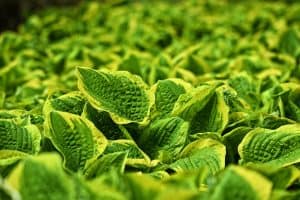 It’s hard not to be impulsive when buying plants, but with hostas, it’s important to match the size of the plant to the available space. Most hosta plants look similar when they’re in a pot, but things change once they’re in the ground.
It’s hard not to be impulsive when buying plants, but with hostas, it’s important to match the size of the plant to the available space. Most hosta plants look similar when they’re in a pot, but things change once they’re in the ground.
Some stay about 15 cm tall, while others can grow almost waist-deep with an even distribution.
Unlike most perennials, hosts rarely need to be divided, unless they outgrow their allotted space and start crowding neighboring plants. So be sure to read the label and think about how the plants will fill the space once they reach their mature size.
If you choose varieties that grow too large, or place the plants too close together, you’ll soon be doing some dividing and transplanting.
Where to plant hostas?
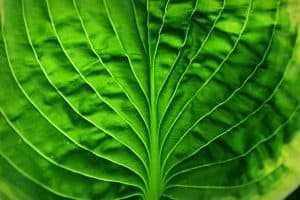 Hostas enjoy fertile soil that retains water.
Hostas enjoy fertile soil that retains water.
Very heavy clay and sandy soils should be improved by digging up plenty of well-rotted organic matter. Ideally, soil pH should be 6.5, but it’s still worth growing in acidic or alkaline soils.
Choose a light or semi-shade position. Hostas are very hardy, so they will thrive in a north-facing garden or in a pocket of frost.
As hostas enjoy soil that retains water, they are ideal for planting in a bog garden, but should not be treated as aquatic. For this reason, they are often planted near a pond, but never in it.
When potted plants are grown, they should be planted in a container with plenty of drainage holes, as waterlogged soil will kill the plant.
Avoid metal containers, which heat up quickly in the sun, as the roots need to stay cool. Avoid small pots as they will dry out too quickly.
When to grow hostas?
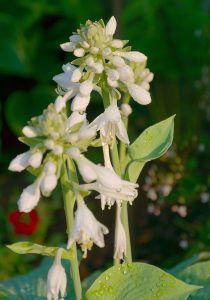 Hostas can be planted at any time of the year, but it is best not to do so in mid-summer when temperatures are high and the soil is often dry due to little rainfall.
Hostas can be planted at any time of the year, but it is best not to do so in mid-summer when temperatures are high and the soil is often dry due to little rainfall.
Hostas are not fussy about temperature or humidity and can grow in a wide range of climates. It is best to plant them in a place that is protected from strong winds.
How do we water the hostas?
Hosts on the ground may need watering in times of drought – aim to keep the soil at least slightly moist to a depth of 15cm (6in) – check by digging nearby if necessary.
Plants in containers need regular watering in summer as they dry out quickly. Plants that dry out brown along the leaf margins.
What substrate do they need?
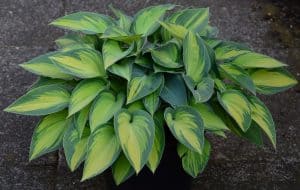
Fertile soils, an annual mulch of garden compost or well-rotted manure is all the feeding you need.
In poorer soils, apply an all-purpose fertilizer, as recommended by manufacturers, in early spring, followed by mulch. This along with adequate humidity will ensure large, healthy foliage.
In containers: liquid feed once a month when growing, using a general purpose liquid fertilizer.
The flower stalks can be left in place until the plants groom themselves in late fall, when the leaves naturally die back. Alternatively, they can be removed once the flowers fade to save the plants wasted energy on seed production.
Hostas are fairly hardy but foliage dies back in late fall and plants go dormant until mid- spring. New leaves that emerge in spring can be damaged by frost.
Protect with 2-3 layers of horticultural fleece if a cold winter is anticipated.
How to plant hostas step by step?
- Start planting hostas in spring or fall. Perennials will do best when planted in early spring and early fall. The plants actively grow in spring and autumn, which means that they will take root better at these times.
- Choose a location that receives indirect sunlight. Hostas are known to be shade tolerant, meaning they need some light, but they do best in shady areas.
- Prepare the land. Hostas like moist, well-drained, fertile soil. To prepare the garden soil, till the soil to a depth of 30 cm. and mix with a generous amount of aged compost. This will provide the soil with all the nutrients the hostas need, and will ensure that the water drains properly.
- Place the hostas in shallow holes. For each hosta, dig a hole in the ground about 3 inches deep and wide enough to accommodate the roots. Place the root ball in the hole and cover the roots with soil.
- Give the hostas you plant enough space between them. Between 100 and 150 centimeters minimum.
- Water the soil well after planting and keep the soil moist. As soon as you finish planting the hostas, water the hostas thoroughly to help settle the soil around the roots. As the plants grow, give them about 4 cm of water each week, spread over several days.
Potential Hosta Problems
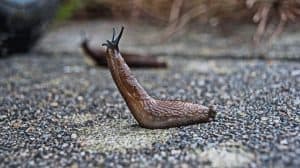 Slugs and snails are the hosta’s number one enemy.
Slugs and snails are the hosta’s number one enemy.
In early spring, while the hostas put out their leaves again, be on the lookout. A good trick is to place eggshells around the hostas. This will cause slugs and snails to get damaged as they pass by and prevent them from climbing onto our hostas.
We will not deceive you, it is difficult to end this problem. One of our best solutions is that you have a chicken coop nearby. Chickens devour snails and slugs and this prevents them from greatly annoying your orchard or garden.
Remove as many slugs and snails by hand as possible, remembering that they are most active at night.
Recorded hostas species
|
|

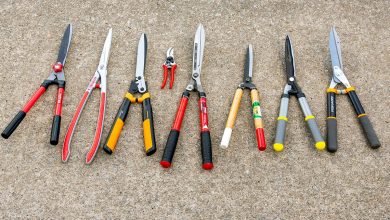
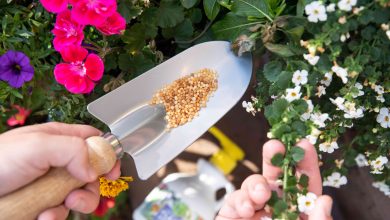
![Photo of Caring for Indoor Plants: [Pruning, Light, Substrate and Humidity]](https://www.complete-gardening.com/wp-content/uploads/2022/08/caring-for-indoor-plants-pruning-light-substrate-and-humidity-390x220.jpg)
